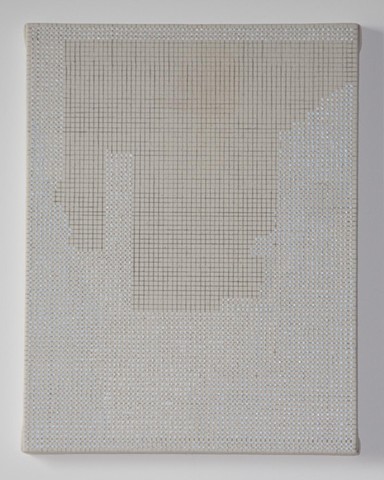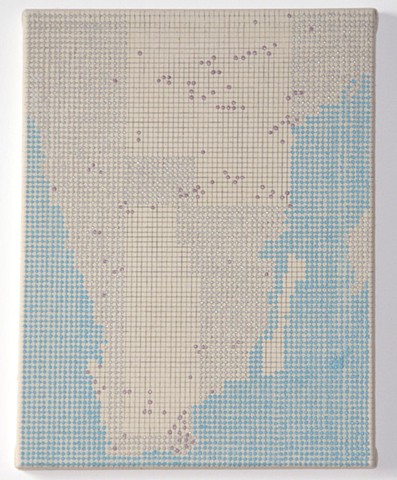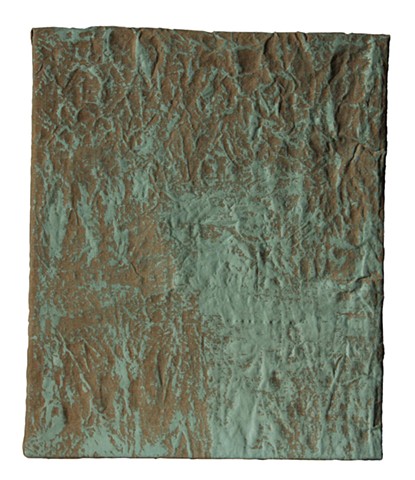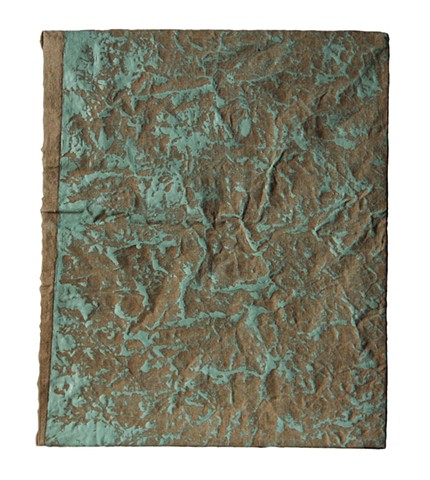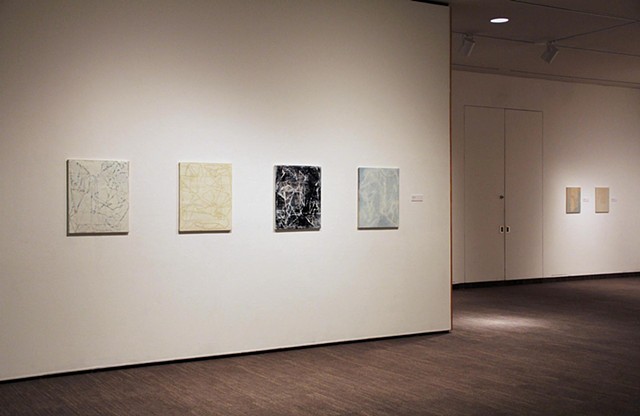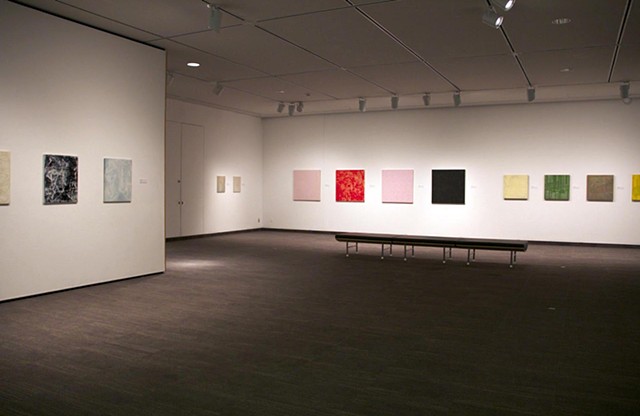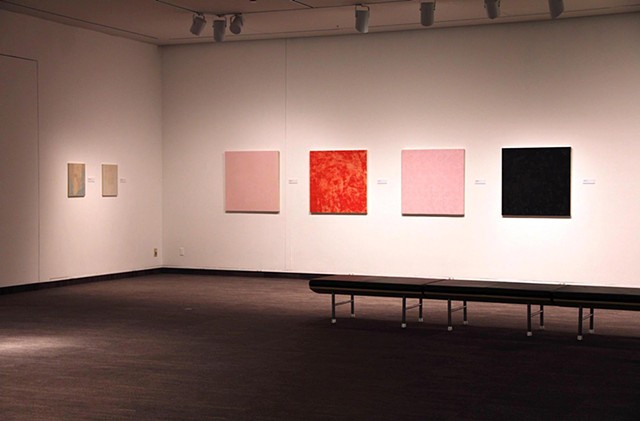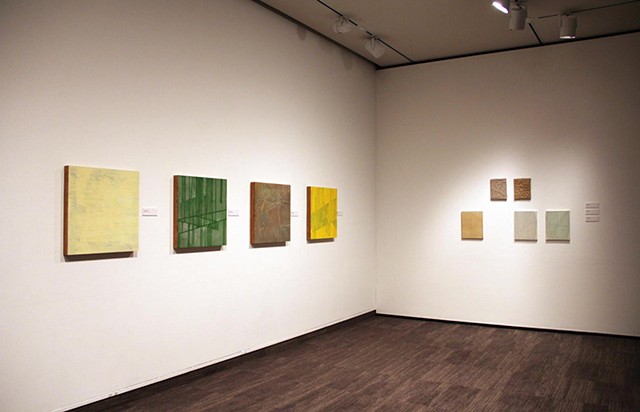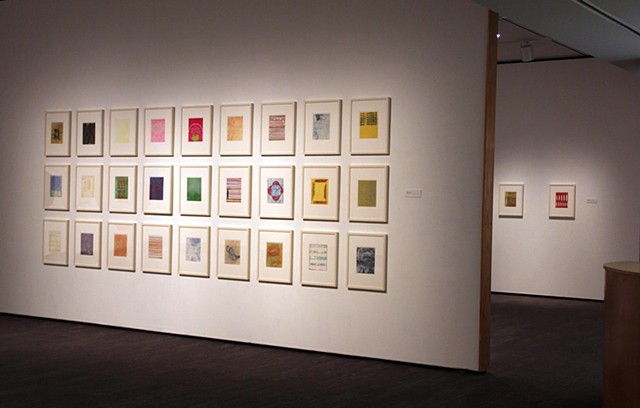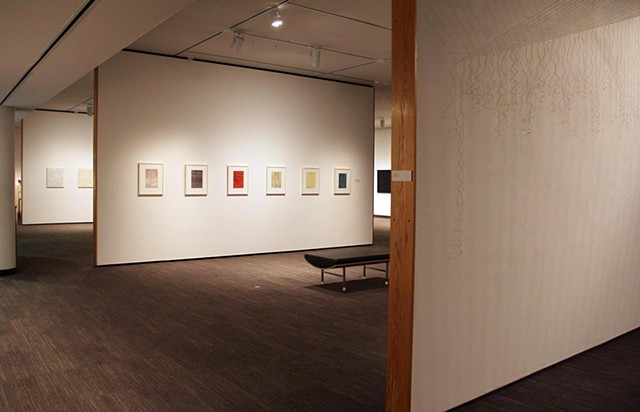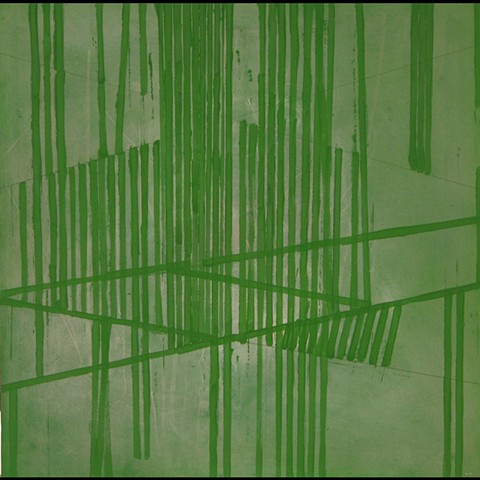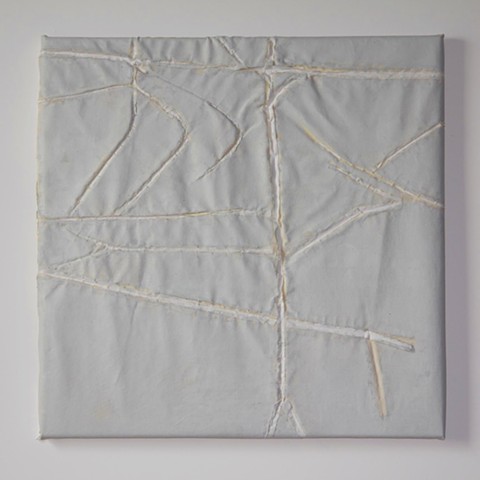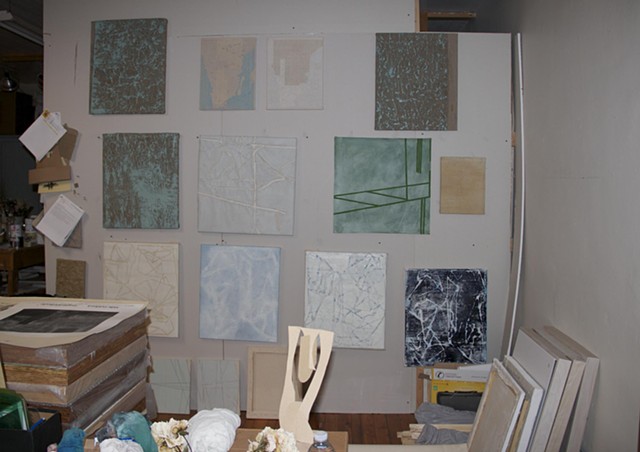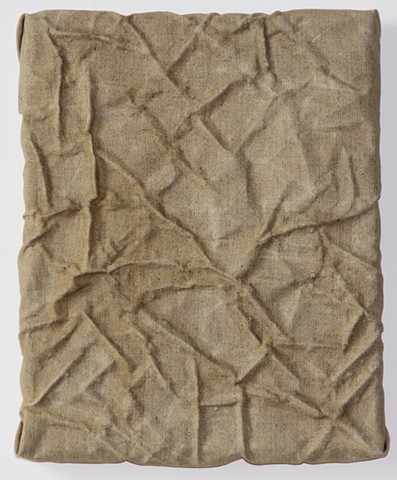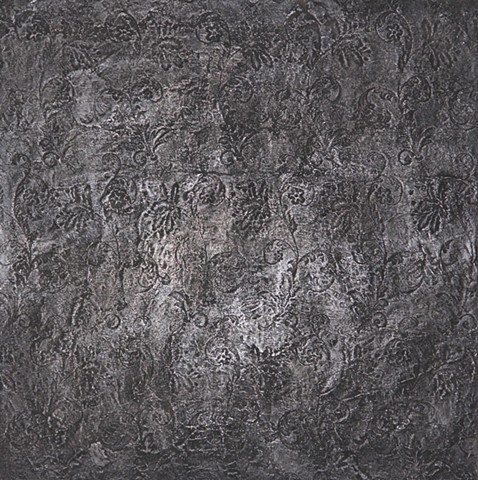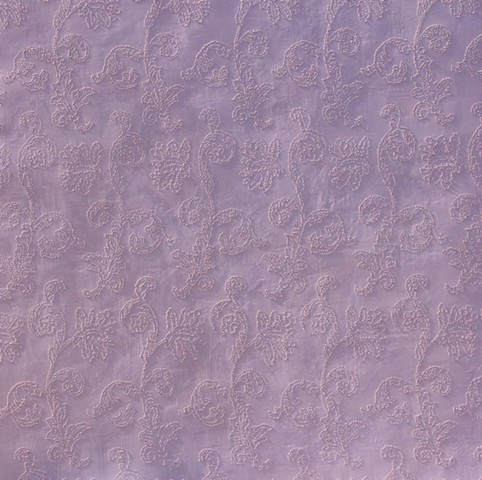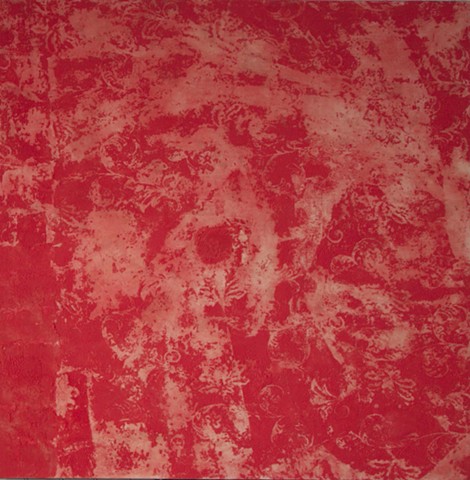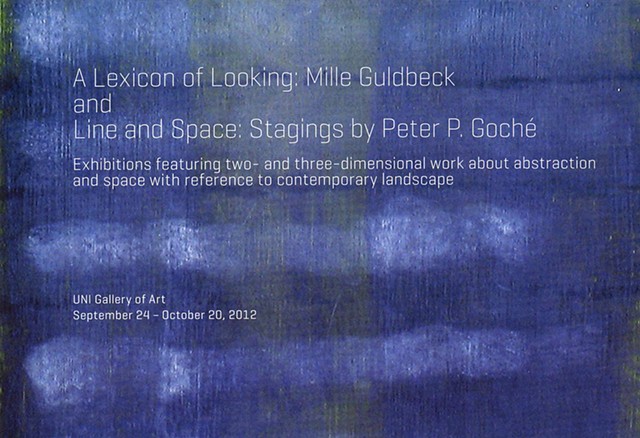A Lexicon of Looking
The practice of painting can comment on our problematic relationship with nature. Our experience of nature is increasingly through secondary sources; very little experience comes from direct observation. Most of what we learn about the natural world is mediated by institutions, television and digital cameras. This serves to extend a sense of alienation from nature as an otherworldly place outside of human experience. Much of my work is intentionally small to force the viewer into an intimate relationship with the piece, similar to that of a reader examining a text or an observer and a specimen. My works provide signs of the earth that are intended to enable a viewer to consider the essential qualities of the wilderness with both excitement and a deep concern for it’s future.
The works are created with various protein glues, similar to our own blood, or encaustic beeswax and raw pigments, many of which are elements that cannot be reduced such as carbon, titanium dioxide and iron oxide. Through scraping, staining and reconfiguring elements, I examine boundaries. I am particularly interested in the changes of social structure, human-to human, animal to human, animal to animal. Thoughts about fragility, strength, power and resiliency in relation to anthropology, biology, culture and collecting motivate my practice. The time consuming process of sanding and scraping becomes an opportunity to think about the work at hand. The repetition of motion and mark, sanded and rubbed, become like the repetitive waves of daily life, ultimately resisting any one particular read.
A Lexicon of Looking was the culmination of three years of work concerned with how I respond to interpretations of space around me and my ability to navigate. In my attempt to realize visually part of what I experience in the landscape I travel, I also came to understand that decoration, color and pattern all played an important role in how long my attention was held at any given moment.
